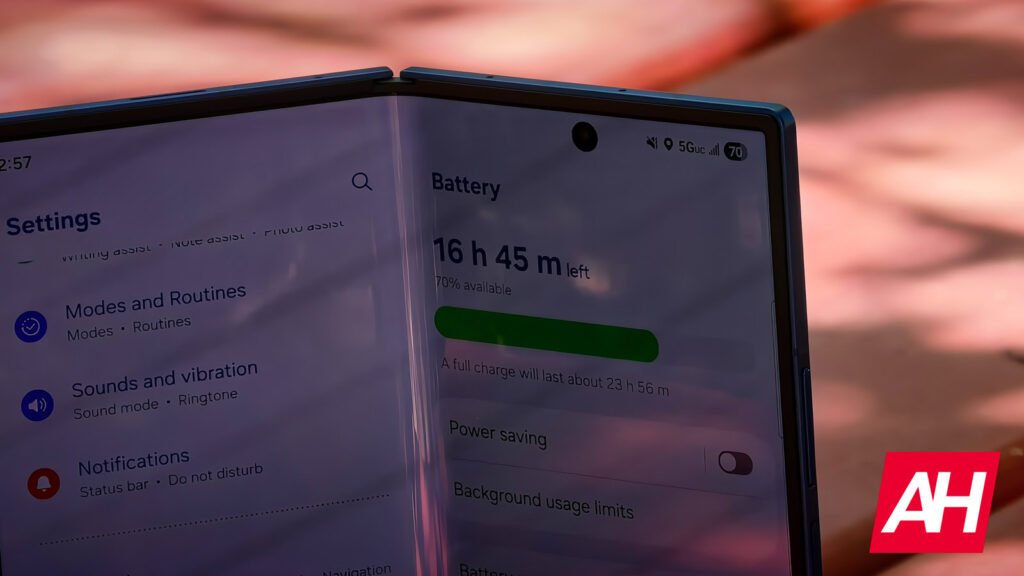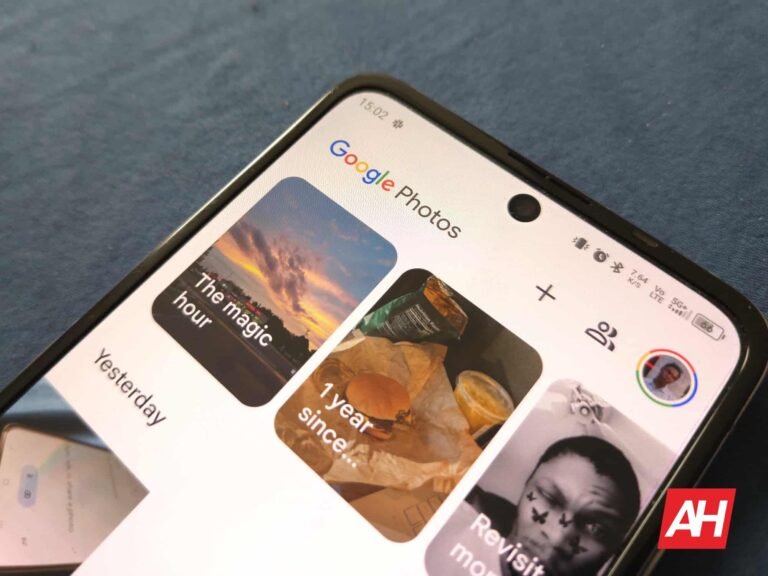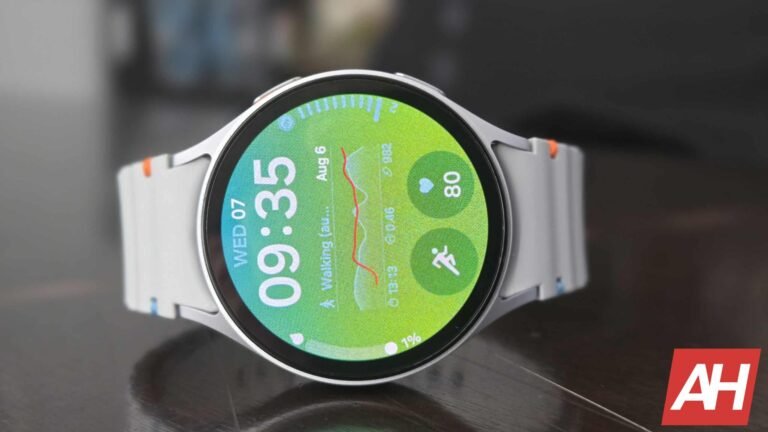

Foldable phones are cool, but let’s be honest: they still have an Achilles’ heel. It’s not the main hinge everyone worries about; it’s the microscopic stress points where components like the front camera or sensors hide. To put a hole in that layered, flexible screen, manufacturers introduce a tiny, invisible flaw—a prime spot for micro-cracks and moisture damage. However, it seems that Samsung is working on a self-healing tech for foldable displays that will keep sensors like the front camera and fingerprint safe.
This year the company boasted that its new Galaxy Z Fold 7 is more durable than ever. The Galaxy Z Flip 7 is also more rugged than previous generations. Now, A recently published Samsung patent reveals the company’s clever plan to address another problem inherent to foldable screens. This technology is essentially a built-in safety net that makes the screen an active participant in its own maintenance and defense.
Samsung’s patented self-repair display tech for foldable phones
Samsung designed a diagnostic system that embeds tiny wires—a “sensing loop”—right around the display cutouts. These ultra-thin wires, placed across different layers, continuously check the health of that delicate zone. In essence, the system can detect a microscopic crack or stress point the second it starts to form, long before you even realize anything is wrong.
Once those wires flag a flaw, the system fires off a unique defense protocol. It activates special “dummy metal patterns” near the damaged area. These patterns immediately kick in, reinforcing the weak spot and stopping the micro-crack from spreading any further into the vital display layers. This intelligent, rapid response is the core of the self-healing claim.

A win for durability and sensors
Samsung didn’t stop there. The patent (spotted by Summarize Meeting) also details using specialized grooves and sealants around the openings. These barriers actively block external enemies like moisture and oxygen from attacking the sensitive OLED materials over time.
This complete package of sensing, instant reinforcement, and environmental sealing eliminates the single biggest risk associated with hiding sensors under a flexible screen. By fortifying these weak spots, Samsung removes the engineering hurdle that has plagued foldable phone design for years.
This patent essentially clears the way for a truly reliable, integrated in-display fingerprint sensor on future Galaxy Z models. It could finally allow Samsung to ditch the side button solution and make foldables feel truly finished. However, we are still talking about a patent, so there is no firm word on its commercial implementation yet.
The post Samsung’s Self-Healing Screen Patent Solves the Foldable Sensor Problem appeared first on Android Headlines.


